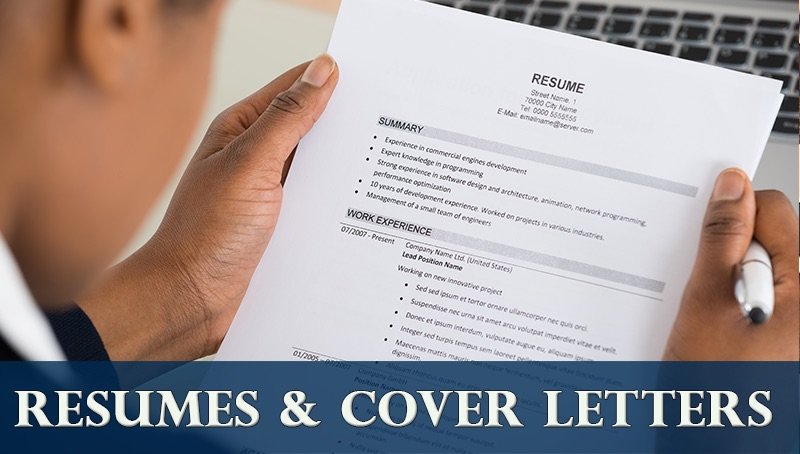SESSION 2

Source: www.fullerton.edu
NOTE TO STUDENTS
Students from the below groups will receive PIN numbers via email weekly to access activities on my iDoceo Connect platform and submit their exercises for correction.
601, 607, 612, 615, 619, 624, 462, 680, 681, 689, 690 and 691
The solutions to exercises in this session will be published when the above groups have submitted them.
STRUCTURE
Session 2: contents
- Language practice
- What makes a good résumé
- Résumé writing advice
- Action verbs
- Cover letter organization
- Business letter format
- Correct the mistakes
- Project tutorial
- Applying for a job or placement
MAKE UP YOUR TEAMS!!
- Four/five students per team.
- Email your teacher to say who you are working with.
- If you do not have a team, email your teacher and s/he will assign you one.
